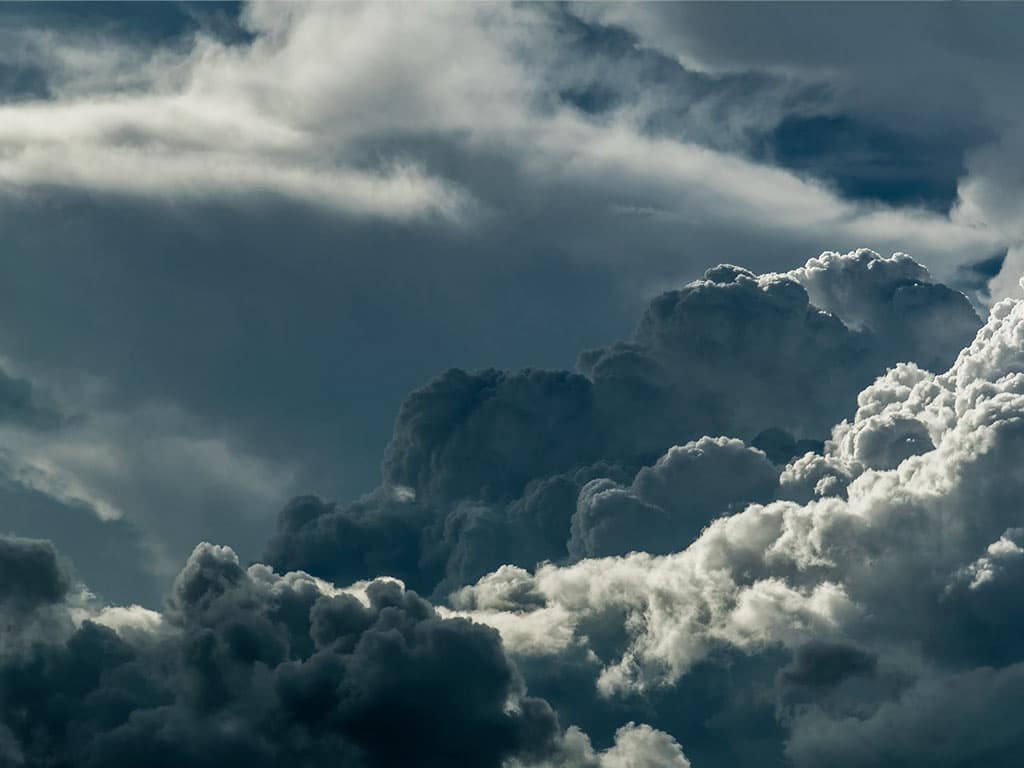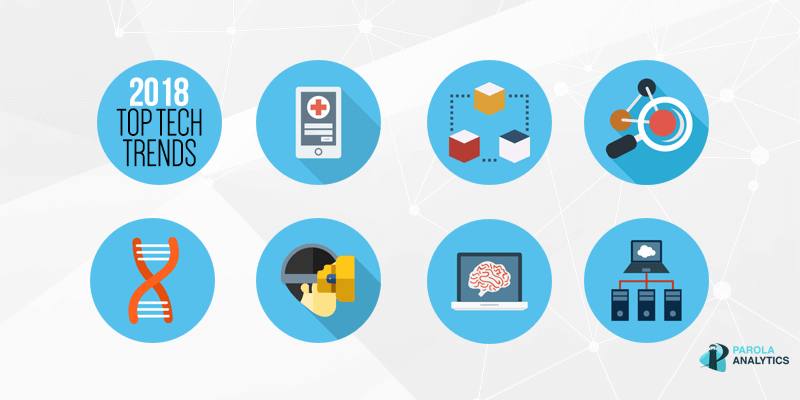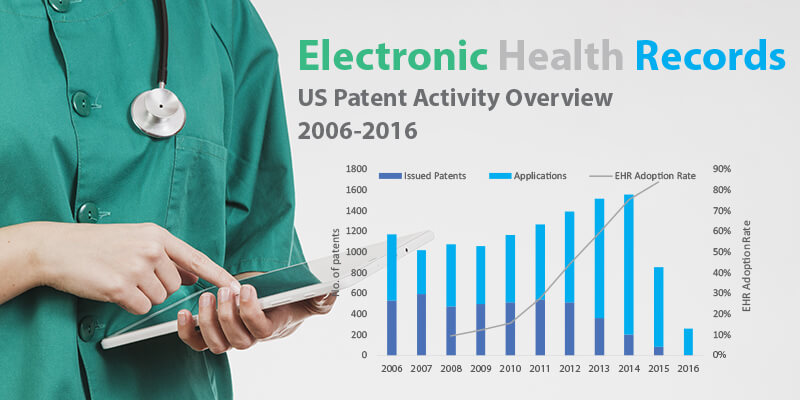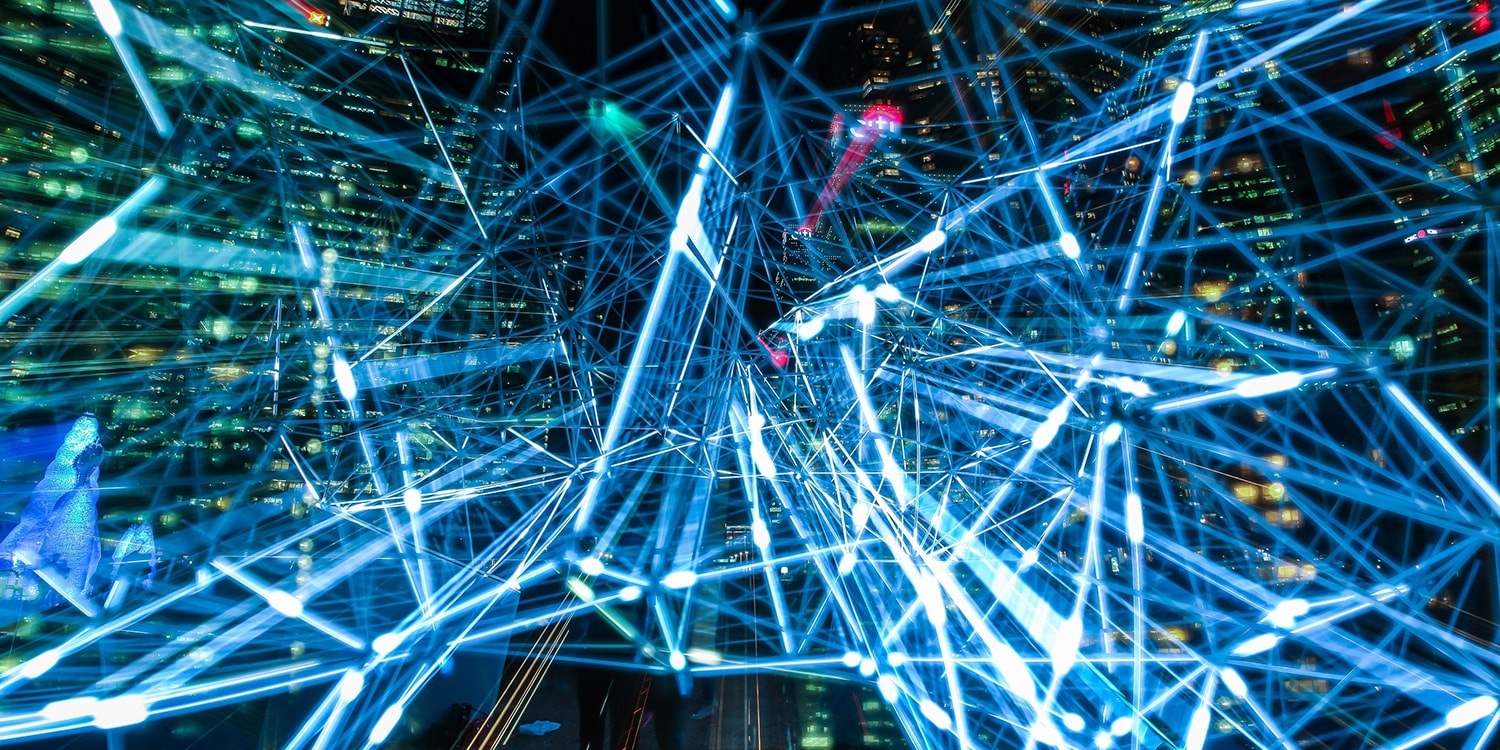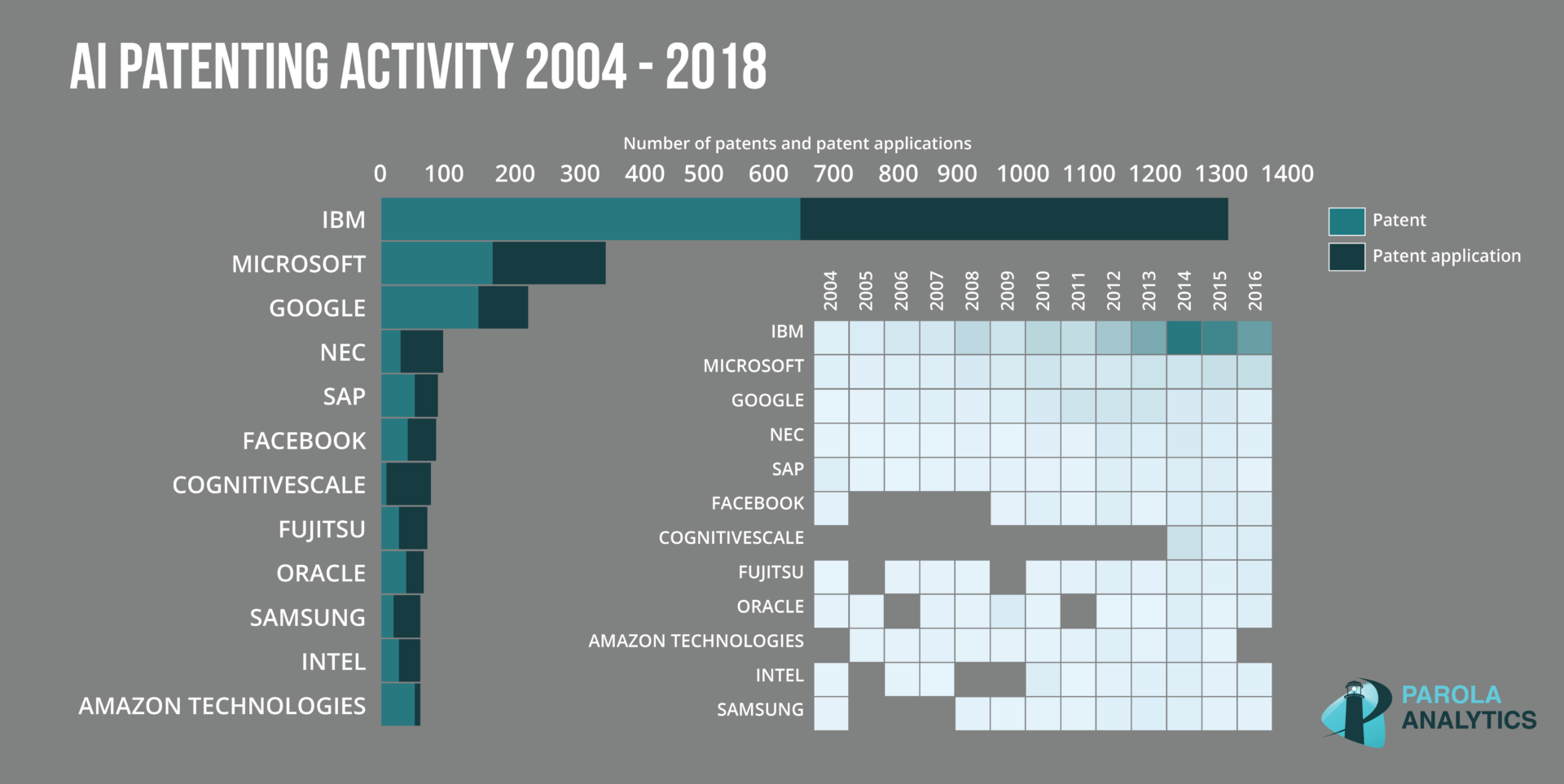Artificial intelligence trained on images of specific places can be used to generate hyper-localized weather forecasts, according to a patent application from IBM.
The New York-based tech company is introducing a new approach to weather forecasting which is done via supercomputers by crunching temperature, pressure, humidity, and wind speed data on the state of the atmosphere from ground sensors and weather satellites. However, despite the overwhelming amount of information being processed for places all over the world, the volatility of Earth’s atmosphere means not all predictions come to pass. This is what gives the daily weather forecast—from its 19th-century inception until now—a reputation that ranges from being somewhat unreliable to consistently off the mark.
But precision is difficult to achieve when predictions are intended to cover large swaths of land. IBM says the conventional grid-based system, which accounts for topographical variations, provides forecasts to grid cells that can be as large as several square miles each. This generalized approach cannot account for micro-climates or really small weather features like rain showers and thunderstorms. It also cannot provide precise forecasts for specific locations like a particular road, building, or public transport station.
The patent application mentions how, for instance, the temperature may be different across a single grid cell, with some locations being more prone to severe weather conditions like flooding or fog. These disparities can prove costly for many industries, from agriculture to retail to mining to aviation. Every extreme weather event is a billion-dollar liability, but being ill-prepared also risks the safety of people: extreme temperature alone is linked to over 5 million deaths each year. IBM’s application of machine learning may help reduce that number through more precise weather forecasting.
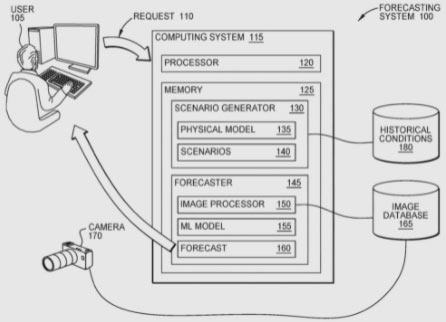
Illustration of a forecasting system that uses captured images to generate weather forecasts for a particular location.
IBM says its forecasting system applies to any place with accessible images. Examples of these “hyper-locations” include an airport with security cameras, a road monitored by an IoT device, or an amusement park tagged by visitors on a social media application.
An image processor extracts attributes indicating historical weather conditions at the hyper-location. These may come in the form of snow accumulation, flooding, precipitation, fog, wind gusts, and the like. The image processor retrieves images from a database that may be publicly available. The system may mine images from the internet, specifically social media, to add to the database.
A scenario generator uses physical characteristics related to weather to estimate a hyper-location’s historical conditions. These characteristics may be derived from sensor measurements like rain gauges, Doppler radars, or anemometers, as well as weather simulations and physical models.
The system then matches obtained images with historical scenarios, and uses these to train a machine learning model to tune a weather forecast for a hyper-location. IBM says this method produces more accurate predictions compared to relying solely on a physical model.
The patent application says users may request weather forecasts via a website or app. These platforms would indicate hyper-locations where specialized forecasts are available. Besides general forecasts, the machine learning algorithm may produce data specific to weather conditions that are of interest to the user. They may, for example, ask the system about the presence of snow, wind gusts, or flooding within a certain location.
IBM’s hyper-localized weather forecasting system may serve as an important tool for protecting people and businesses alike. The machine learning method could be the next breakthrough in weather prediction, marrying tried-and-tested prediction models with technology as ubiquitous as the camera.
The featured patent application, “Tuning Weather Forecasts Through Hyper-localization”, was filed with the USPTO on March 2, 2020 and published thereafter on September 2, 2021. The listed applicant is International Business Machines Corporation. The listed inventors are Alvaro Bueno Buoro and Vagner Figueredo De Santana.
